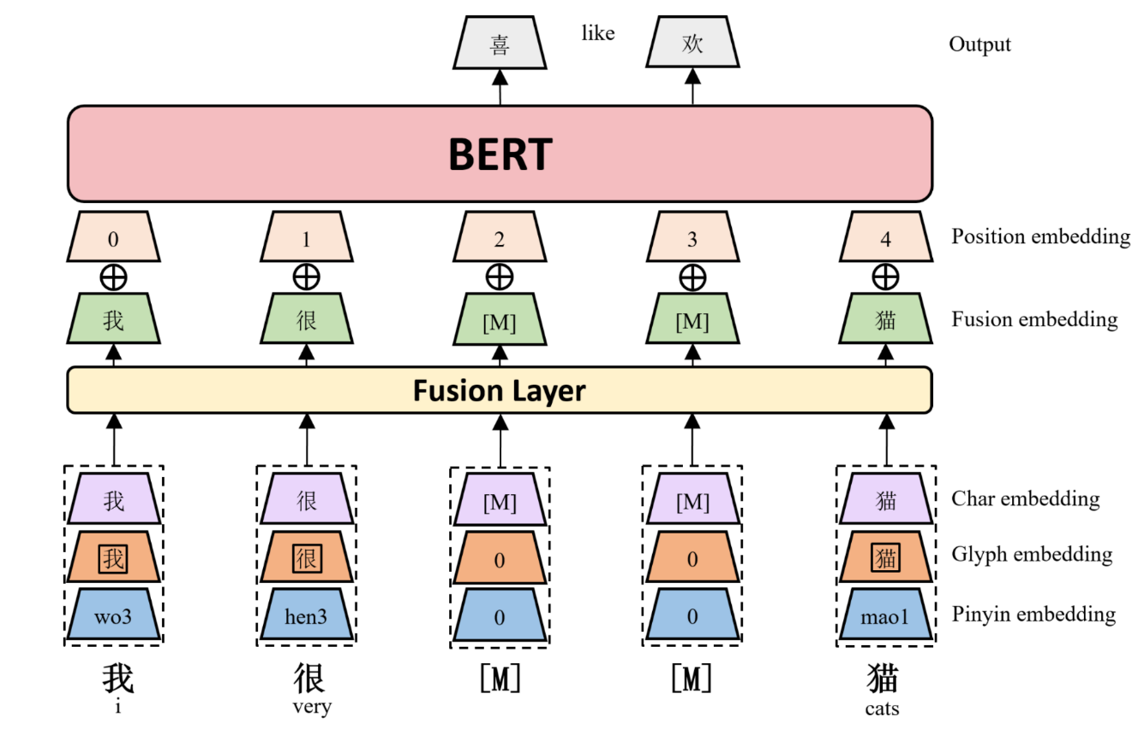Single Image Pretraining of Visual Representations
As shown in the paper
Why?
Self-supervised representation learning has made enormous strides in recent years. In this paper we show that a large part why self-supervised learning works are the augmentations. We show this by pretraining various SSL methods on a dataset generated solely from augmenting a single source image and find that various methods still pretrain quite well and even yield representations as strong as using the whole dataset for the early layers of networks.
Abstract
We look critically at popular self-supervision techniques for learning deep convolutional neural networks without manual labels. We show that three different and representative methods, BiGAN, RotNet and DeepCluster, can learn the first few layers of a convolutional network from a single image as well as using millions of images and manual labels, provided that strong data augmentation is used. However, for deeper layers the gap with manual supervision cannot be closed even if millions of unlabelled images are used for training. We conclude that: (1) the weights of the early layers of deep networks contain limited information about the statistics of natural images, that (2) such low-level statistics can be learned through self-supervision just as well as through strong supervision, and that (3) the low-level statistics can be captured via synthetic transformations instead of using a large image dataset.
Usage
Here we provide the code for generating a dataset from using just a single source image. Since the publication, I have slightly modified the dataset generation script to make it easier to use. Dependencies: torch, torchvision, joblib, PIL, numpy, any recent version should do.
Run like this:
python make_dataset_single.py --imgpath images/ameyoko.jpg --targetpath ./out/ameyoko_dataset
Here is the full description of the usage:
usage: make_dataset_single.py [-h] [--img_size IMG_SIZE]
[--batch_size BATCH_SIZE] [--num_imgs NUM_IMGS]
[--threads THREADS] [--vflip] [--deg DEG]
[--shear SHEAR] [--cropfirst]
[--initcrop INITCROP] [--scale SCALE SCALE]
[--randinterp] [--imgpath IMGPATH] [--debug]
[--targetpath TARGETPATH]
Single Image Pretraining, Asano et al. 2020
optional arguments:
-h, --help show this help message and exit
--img_size IMG_SIZE
--batch_size BATCH_SIZE
--num_imgs NUM_IMGS number of images to be generated
--threads THREADS how many CPU threads to use for generation
--vflip use vflip?
--deg DEG max rot angle
--shear SHEAR max shear angle
--cropfirst usage of initial crop to not focus too much on center
--initcrop INITCROP initial crop size relative to image
--scale SCALE SCALE data augmentation inverse scale
--randinterp For RR crops: use random interpolation method or just bicubic?
--imgpath IMGPATH
--debug
--targetpath TARGETPATH
Reference
If you find this code/idea useful, please consider citing our paper:
@inproceedings{asano2020a,
title={A critical analysis of self-supervision, or what we can learn from a single image},
author={Asano, Yuki M. and Rupprecht, Christian and Vedaldi, Andrea},
booktitle={International Conference on Learning Representations (ICLR)},
year={2020},
}


![[NAACL & ACL 2021] SapBERT: Self-alignment pretraining for BERT.](https://github.com/cambridgeltl/sapbert/raw/main/sapbert_front_graphs_v6.png?raw=true)


![[NeurIPS 2021 Spotlight] Aligning Pretraining for Detection via Object-Level Contrastive Learning](https://github.com/hologerry/SoCo/raw/main/figures/overview.png)